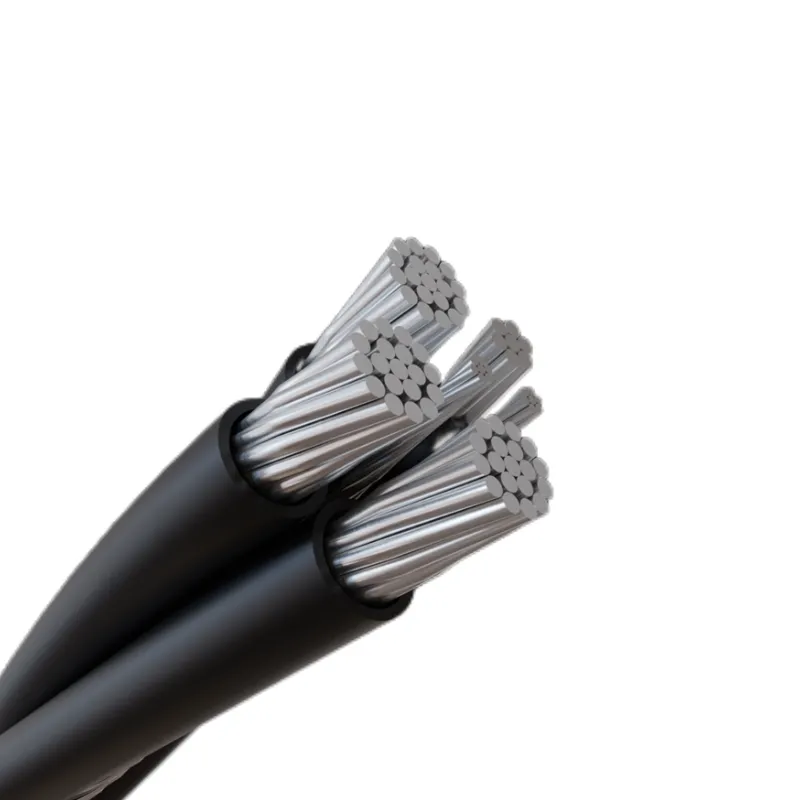Time: 2025-04-21 14:14:37 Source: Henan Province Jianyun Cable Co., Ltd.

Overhead power lines are electrical cables suspended on poles or towers, used to transmit and distribute electricity over long distances. They typically carry high-voltage alternating current (AC), ranging from 11 kV for local distribution to 765 kV for long-distance transmission, though some lines may carry medium voltage (e.g., 400V in rural areas). Common cables include ACSR (Aluminum Conductor Steel Reinforced), which combines aluminum for conductivity and steel for strength, as discussed in prior articles.
These lines are uninsulated in high-voltage systems to reduce weight and cost, relying on air as an insulator, but lower-voltage distribution lines may have weatherproof coverings. Overhead lines are supported by insulators (e.g., ceramic or glass) on cross-arms or directly on poles, ensuring separation to prevent arcing. They’re like the highways of the electrical grid, carrying power swiftly across cities and countryside to reach homes and businesses.
Identifying overhead power lines involves observing their physical characteristics, location, and associated equipment. Here are key indicators:
Identifying power lines is like spotting the main arteries in a network of roads—they’re the biggest, highest paths, marked by distinct “signposts” (insulators, transformers) to guide electricity’s flow.
Overhead power lines can be confused with telephone, cable TV, or fiber optic lines, which often share the same poles. Below is a table to help distinguish them:
| Feature | Power Lines | Telephone/Cable/Fiber Optic Lines |
|---|---|---|
| Position on Pole | Highest, on top cross-arm | Lower, below power lines |
| Appearance | Thicker, often uninsulated, shiny | Thinner, insulated, black plastic |
| Insulators | Large ceramic/glass insulators | No insulators, directly attached |
| Number of Lines | 3–4 (per phase + neutral/shield) | Multiple bundled wires or single coaxial |
| Equipment | Transformers, circuit breakers | Small boxes (e.g., splitters, amplifiers) |
Key Tips:
Distinguishing power lines from other lines is like identifying the main river in a network of streams—the power lines are the widest, most prominent channels, marked by unique “buoys” (insulators) and “bridges” (transformers), while smaller streams (communication lines) flow below.
Overhead power lines are high-voltage cables on poles or towers, identified by their position (highest on poles), appearance (thick, often uninsulated), insulators (ceramic or glass), and equipment (transformers, warning signs). They differ from telephone, cable, or fiber optic lines, which are lower, insulated, and lack insulators, often featuring smaller equipment like splitters. Recognizing these differences ensures safety during activities like construction, tree trimming, or emergencies, preventing accidental contact with live lines. Always assume overhead lines are energized and consult utility professionals for confirmation.